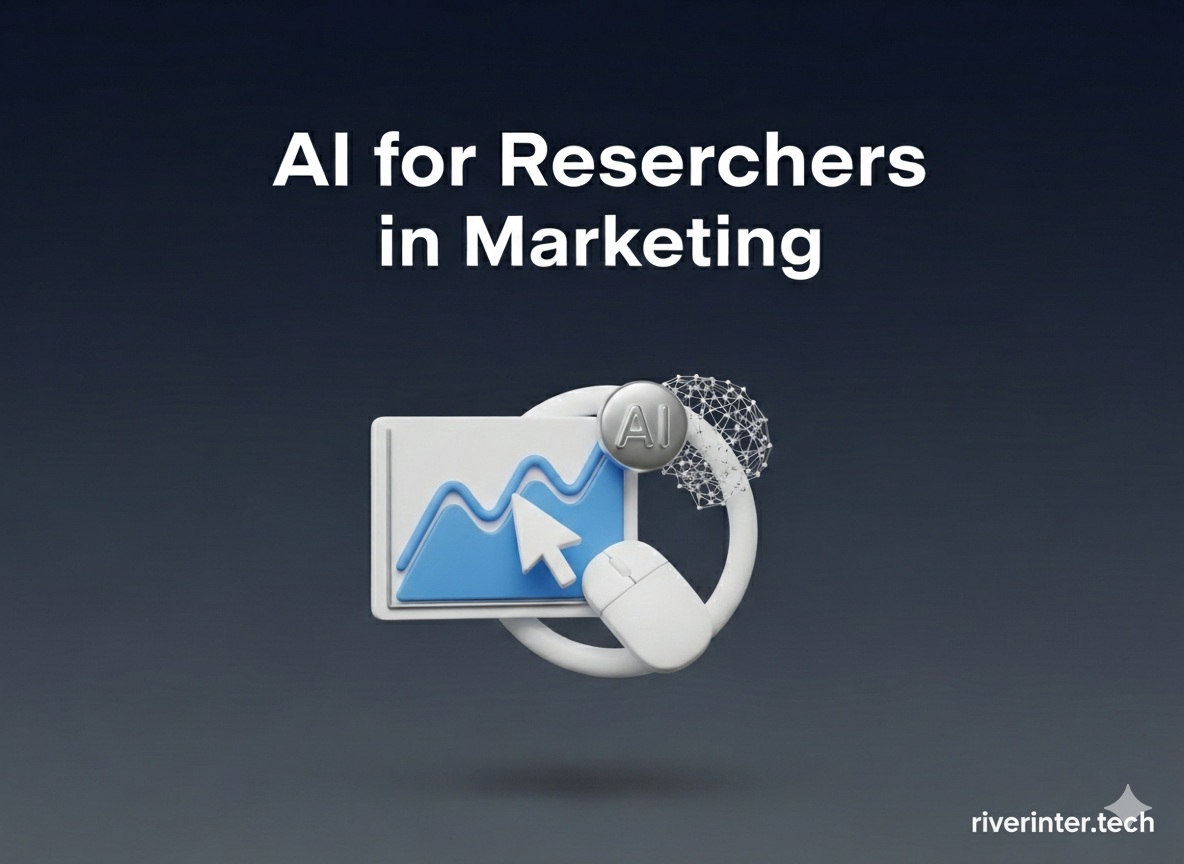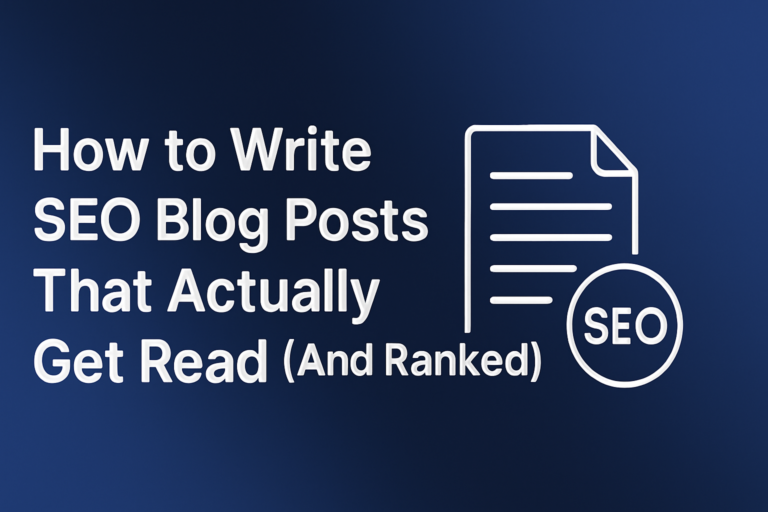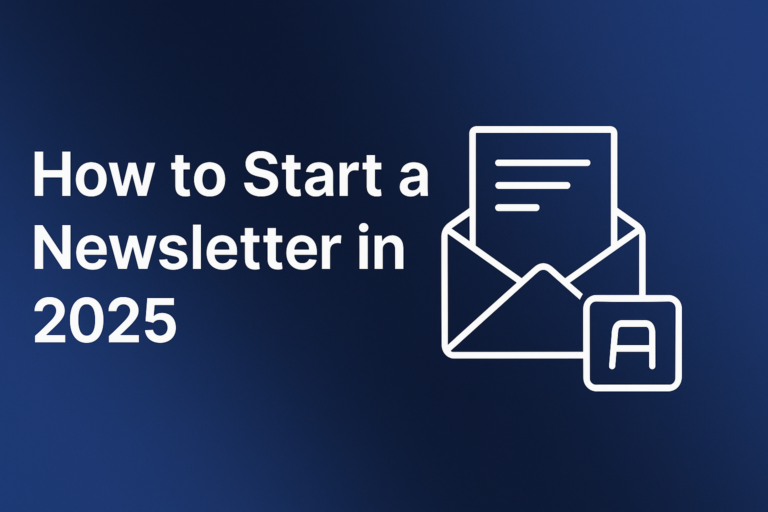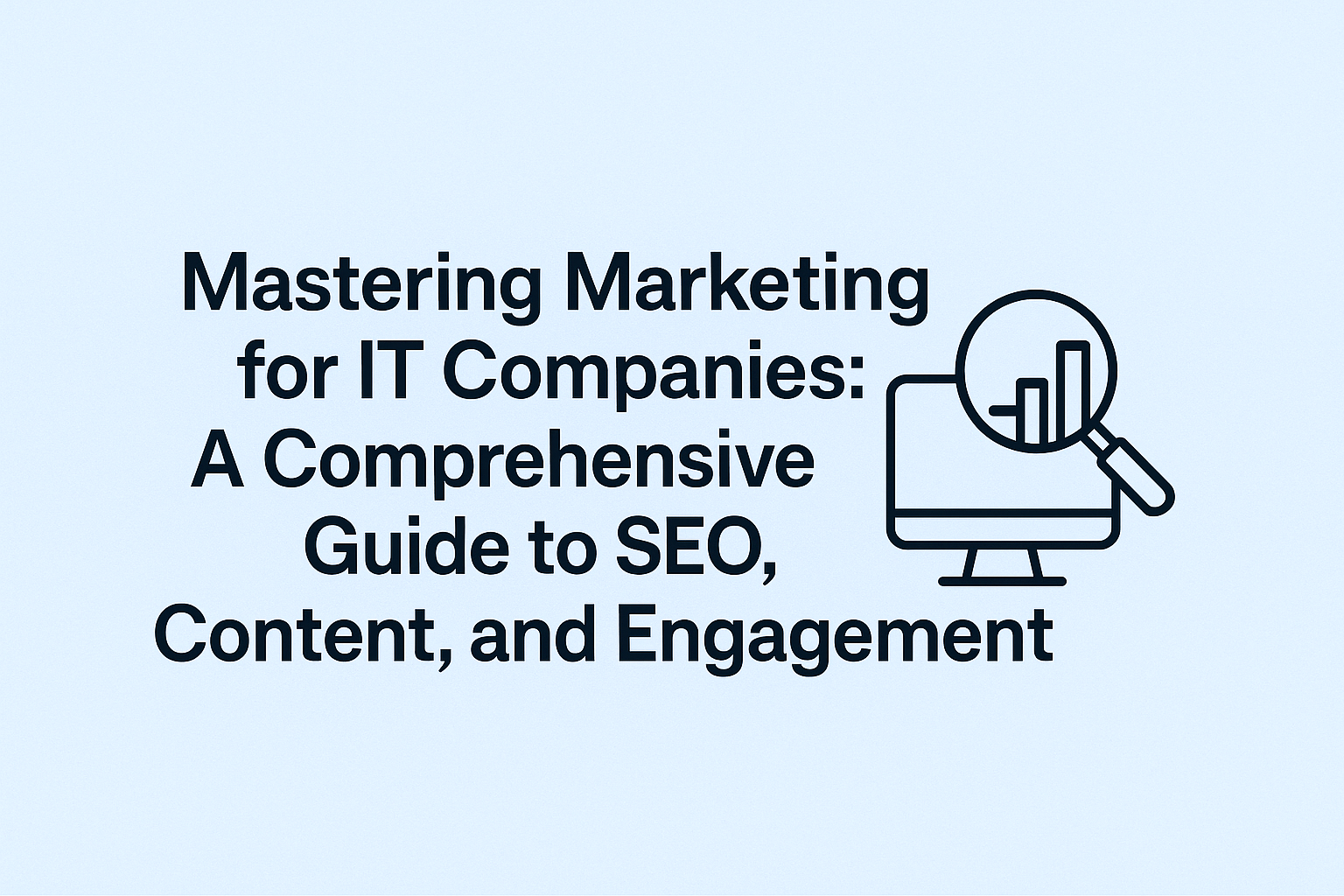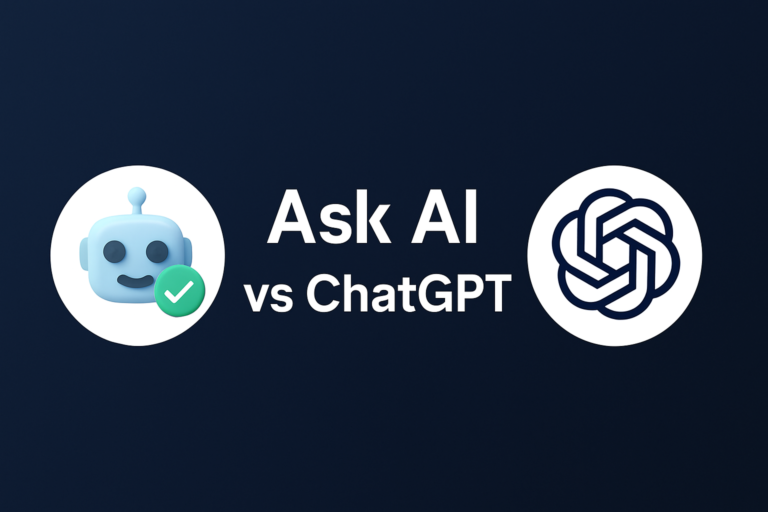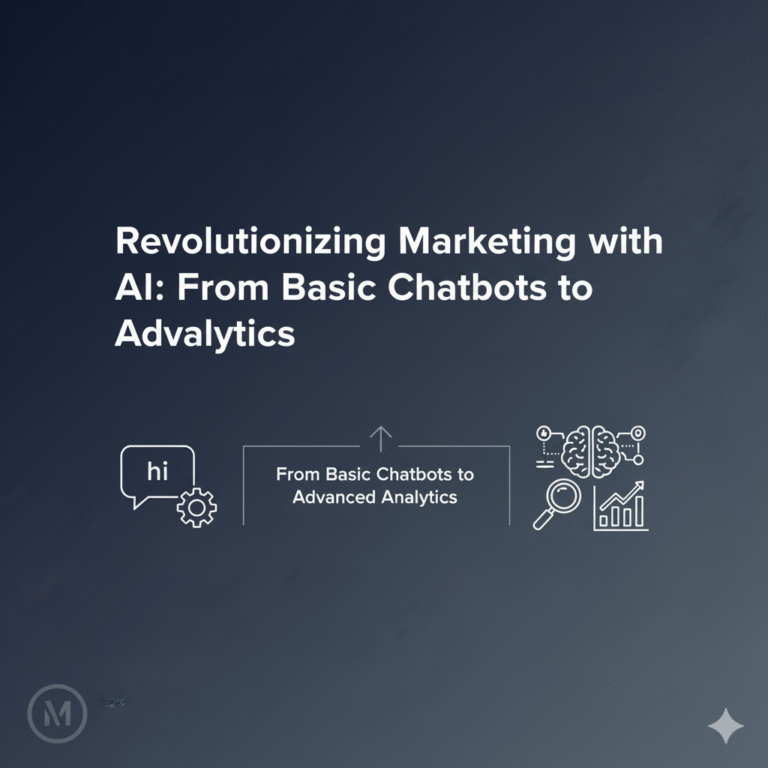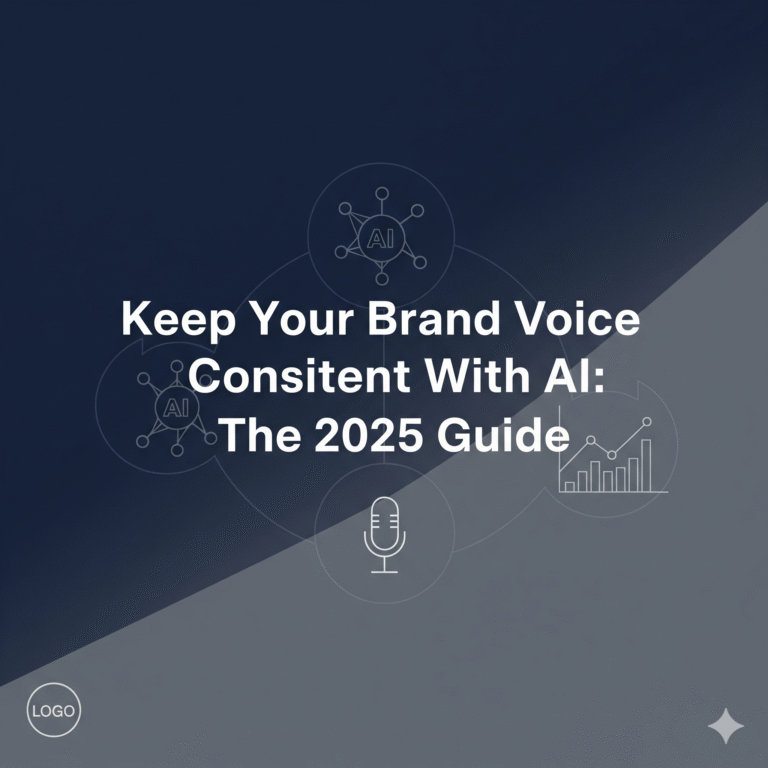AI for Researchers in Marketing: How AI is Transforming Consumer Insights & Market Research in 2025
In 2025, AI is no longer something you experiment with. It’s a critical tool in your daily workflow. For years, consumer insights have been the invisible engine behind every great campaign. But the rules have changed. Fast.
AI now moves at the speed of your audience. It listens, predicts, adapts. It uncovers what people feel but don’t say. In 2025, this shift matters more than ever. Why now? Because AI has finally matured beyond prediction. It can simulate decisions, write reports, and surface trends before competitors notice them.
Researchers are no longer data miners. They’re insight architects designing personalized, fast, and scalable market understanding. This blog unpacks how AI is doing exactly that and how you can use it to stay ahead.
The Evolution of AI in Market Research
Just a few years ago, research was slow. Surveys. Focus groups. Spreadsheets. Everything moved in cycles—days, weeks, months. Then AI entered the room. First, it automated repetitive tasks. Then it analyzed unstructured text. Now in 2025, it’s building personas, predicting behavior, and even writing research reports in minutes.
Tools like GPT-based multi-agent systems are replacing full analyst teams, running simulations, surfacing customer motivations, and visualizing sentiment—all in one loop. AI has shifted from being a tool to a partner. And it didn’t happen overnight.
The journey went from manual to machine learning, to natural language processing, to predictive analytics, and finally to generative synthesis. What changed? Market demand. Consumer habits outpaced static methods. Researchers needed answers faster. Now, AI isn’t just speeding up research—it’s evolving what questions we can even ask.
In 2025, you don’t just analyze. You simulate. You synthesize. You see what’s next—before it happens.
How AI is Transforming Consumer Insights
What if your data could talk back? Today, it can. AI transforms consumer insights by turning raw data into living, breathing narratives about your audience. It doesn’t just collect answers—it reads emotion, context, intent.
Real-time data analysis means you don’t wait for reports—you get insights now. Sentiment analysis powered by NLP tells you how your customers feel. Predictive modeling sees how they’ll act next.
Key transformations in 2025
- AI can simulate target audiences using synthetic personas.
- It runs A/B tests on hypothetical responses.
- It forecasts reaction to campaigns that haven’t even launched.
- Companies use agentic AI to auto-generate reports with simulated feedback—saving weeks and avoiding bias.
You’re not reacting. You’re anticipating. This is no longer guesswork. It’s emotional intelligence at scale. AI helps marketers see not just what customers say—but what they mean, want, and expect.
AI-Driven Market Research Techniques in 2025
Think surveys are dead? Think again—but they’re smarter now. In 2025, AI doesn’t just improve research. It reinvents it. AI-powered chatbots now run dynamic, real-time surveys that adapt based on tone, speed, and sentiment. These bots gather richer, more honest feedback.
Image and video recognition analyze facial expressions, product interactions, and ad reactions—providing deep behavioral data without intrusive questions. AI also supercharges social listening. It identifies micro-trends, emerging concerns, and brand sentiment shifts across platforms in minutes.
It’s not scanning hashtags. It’s reading culture. Tools integrate across CRM, e-commerce, voice assistants, and search behavior, creating unified insight pipelines. The result? Contextual, cross-channel understanding of your audience.
You get clarity, not chaos. And everything updates live. In 2025, AI doesn’t replace researchers. It makes them faster, sharper, and more strategic. The methods have changed but the mission remains: know your audience better than anyone else.
Benefits of Using AI in Market Research
Let’s be real: most traditional research is slow, expensive, and biased. AI fixes all three.
- Accuracy – Machine learning models let patterns emerge from the data—unfiltered by human assumptions.
- Speed – What took teams weeks now happens in hours—or less.
- Cost savings – AI takes over 80% of repetitive work, reducing team size needs.
- Scale – Research across countries, demographics, and channels simultaneously.
- Invisible needs revealed – Emotional language, hesitation, or tone shifts show what customers want before they say it.
You don’t just know your audience. You understand them. That’s not automation. That’s competitive advantage.
Challenges and Ethical Considerations
Here’s the catch: just because you can automate insights doesn’t mean you always should. AI in market research raises serious ethical questions.
- Data privacy – Are you transparent and collecting only what’s necessary?
- Algorithmic bias – If your data is skewed, so are your predictions.
- Transparency – Can you explain why AI gave the answer it did?
- Human judgment – AI should augment insights, not replace them.
Balance is everything. Use automation to expand reach, but lean on your team for empathy, ethics, and nuance. Build internal standards. Audit your models. Question results.
AI is powerful but without oversight, it’s a liability. Get this right, and your research won’t just be faster. It’ll be smarter and safer too.
Future Outlook: AI and Market Research Beyond 2025
2025 isn’t the end. It’s the tipping point. The next phase of AI in market research is deeper, smarter, and more human than ever. We’ll see widespread use of emotion-sensing AI—tools that detect micro-expressions and speech patterns to gauge emotional resonance in real time.
Multi-agent LLMs will collaborate autonomously, role-play target audiences, and draft full campaign responses for review. GEO—Generative Engine Optimization—will rise as brands optimize content not for humans first, but for AI-driven assistants that consumers rely on.
AI will also power hyper-personalized messaging offering dynamic research insights for individuals, not segments. Imagine A/B testing for one. But with this tech comes responsibility. Transparency, fairness, and human creativity will be even more essential.
Because in the future, trust becomes your biggest differentiator. AI will redefine marketing but ethics will define trust. The smartest brands won’t just use AI. They’ll use it wisely.
Practical Tips for Marketing Researchers Using AI
Don’t get caught chasing tools. Start by clarifying what you want AI to do. Is it faster data collection? Real-time analysis? Persona simulation? Choose tools that align with your outcome—not hype.
Use platforms that integrate well with your existing stack (CRM, analytics, social). Blend traditional research with AI outputs. Run human-led interviews, then use AI to detect themes. Don’t isolate insights—cross-pollinate.
Best practices to keep in mind
- Train your team in AI literacy.
- Avoid black-box reliance—use explainable AI when possible.
- Run bias checks, audit results, and document processes.
- Create a shared knowledge base of what worked and why.
- Slow down just enough to ask better questions.
Great insights don’t come from tools alone. They come from curious people who know how to use them.
Conclusion
This isn’t a “maybe we’ll try AI” moment. It’s a “you need it now” moment. 2025 marks the year AI became non-negotiable in market research. It gives you speed, scale, precision, and clarity.
But more than that. It gives you a chance to understand your customers more deeply than ever before. And that’s what wins. The marketers and researchers who thrive won’t be those who just adopt AI. They’ll be the ones who lead with it ethically, creatively, strategically.
AI is your co-pilot. Your advantage. Your future. Use it like it matters. Because it does.

